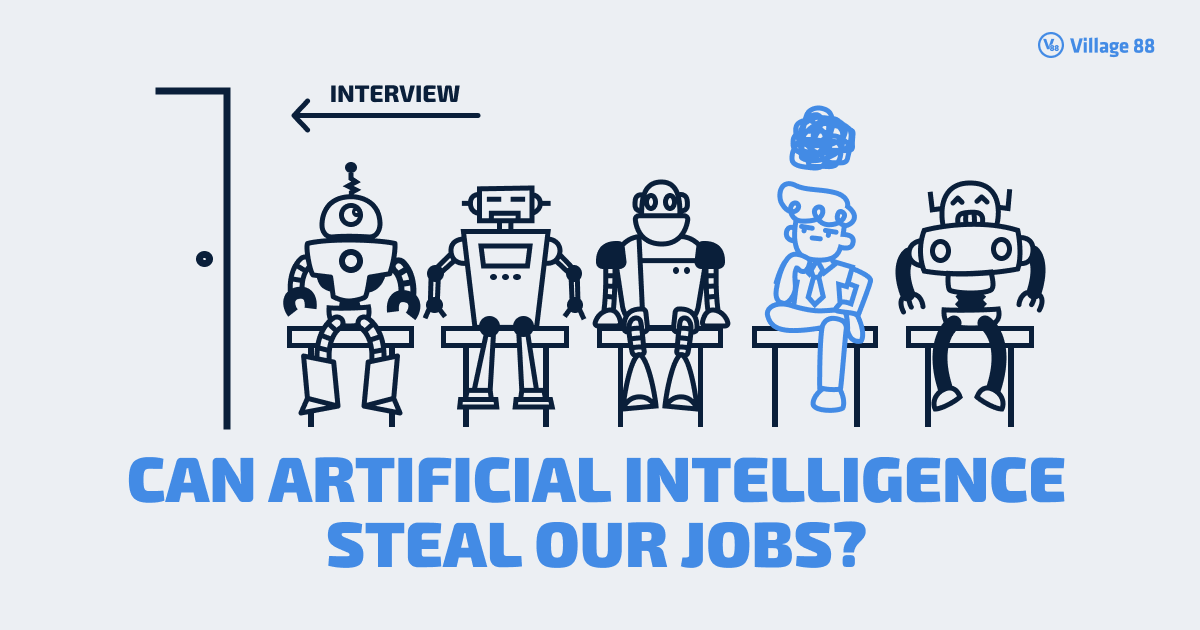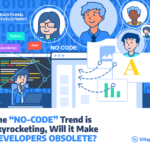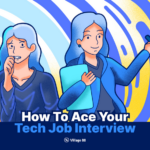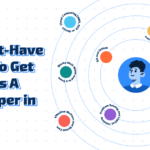Today, robots or bots are everywhere. They are in the form of software devices, apps, websites, toys, animals, and even humans! You have them in your house, in your room, and most likely, the phone in your hand. They don’t have brains like humans, but they are artificially intelligent. They are called Artificial Intelligence.
Some examples of famous AI are Siri, Cortana, and Alexa. They are bots we talk to when we want to perform a task faster. For instance, we can use voice commands to ask them to search for the nearest restaurant. We can ask them to tell a joke. And we can even call someone without manually tapping our phones.
Artificial Intelligence is now a part of our daily lives and our work. It is helping us do our jobs faster, more accurately, and with less effort. The big question is, will they stay as only a part of our jobs? Or will they steal our jobs away?
Let’s find out!
But first, let’s learn more about Artificial Intelligence, what it is, its benefits, and more.
Artificial intelligence
Artificial intelligence, or AI, is a machine that performs “intelligent” tasks. As its name suggests, its intelligence is artificial and not natural. It is a made-up intelligence dependent on what is programmed in it.
But AI can also learn using its subset called “Machine learning” or/and “Deep learning.” Machine learning and Deep learning can enable a machine to learn without explicit programming. It works by studying and depending on previous data by identifying repeated patterns.
An example of how AI learns is your shopping history or browsing history. When you search, browse or click a product to learn more, your device’s AI saves your pattern and eventually gives you ads according to that search. Another example is the recommendations; you can see similar products below an item. And that’s AI working.
The Subsets of Artificial Intelligence
We’ve discussed the two subsets of AI, but there are more. They make Artificial Intelligence more intelligent and capable of performing tasks with less effort.
Here are some of the most common subsets of AI:
Machine Learning
Machine learning is the study of computer algorithms that improves automatically by learning through experience, data, and pattern.
Deep Learning
Deep learning analyzes more complex data to perform a lot more human-like. It analyzes extensive data and patterns, then learns from experience to draw conclusions as humans would.
Natural Language Processing
Natural Language Processing or NPL concentrates on languages. NPL enables a computer’s ability to understand human language. This includes text and spoken words.
Expert System
Expert System is an AI subset that works on tasks that usually require human expertise. It solves problems, makes decisions, predicts outcomes, and more.
Robotics
Robotics is one of the most popular subsets of AI. It is made to perform and do labor without human intervention and, sometimes, no manual control.
Machine Vision
Machine Vision gives computers, devices, robots, and more, the ability to see. It operates video cameras, analog-to-digital conversion (ADC), and digital signal processing (DSP).
Speech Recognition
Speech recognition is an AI-enhanced technology that transforms human speech from an analog form to a digital format. It is an advanced computer program receiving dictation and is different from NLP.
Benefits of Artificial Intelligence
Artificial intelligence has proven itself beneficial to humankind. And in a lot of fields and industries, it has become a necessity.
Here are some of Artificial Intelligence’s benefits:
Automation
As mentioned earlier, AI can do tasks without human intervention. Simply put, automation. AI can perform repetitive tasks or jobs such as replying to emails when you’re on vacation and not available, driving using automatic cars, and many more.
Medical advances
With devices and apps able to act, speak and think close to how humans would — sometimes better — AI is also used in medical jobs. It is used for better illness diagnosis and analysis to suggest the best treatments.
Reduced human errors
Humans make mistakes, and AI can reduce errors made. For example, data entry can now be more accurate and efficient. It can also solve complex problems in seconds, with no mistake; faster and more accurate than most humans could.
Better productivity
This is one of the best benefits. Since AI can help reduce human errors and manage repetitive tasks with automation, we can focus on more challenging tasks requiring manual labor. You can work and finish more efficiently with so much productivity. For example, writing an email to the whole team in your company. Instead of inputting all their email addresses, it can be set to just one email, and everyone would receive it. So much time has been saved!
Artificial Intelligence As Employees
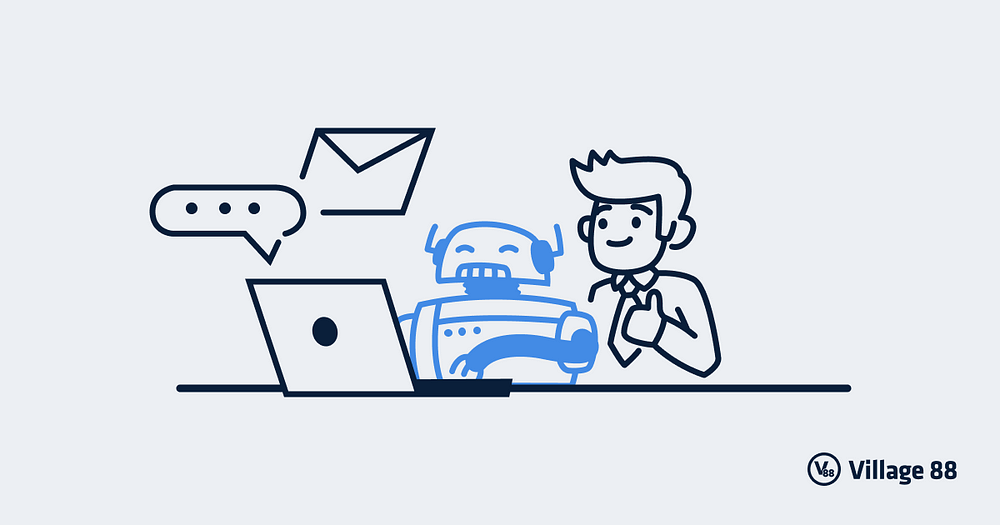
Artificial Intelligence has done so much change to the world, and there’s still a lot it can do for us. It doesn’t show any signs of stopping or slowing down. Now, the question of whether robots and AI can steal our job from us is already happening now.
Amazon Go — No employee store
Last 2016, Amazon announced the coming of Amazon Go, the “grab-and-go” and no-cashier store. Later that year, it was opened only to employees, and on January 22, 2018, it was opened to the public. Currently, they have 25 stores around the United States.
No cashier, no employee at all. You just need their app, go to the store, take what you want, and leave. Whatever you get will be added to your virtual cart and will also be removed if you change your mind and leave the item. Your card will be automatically charged when you’re done shopping.
Service Food Robot
Another Japanese robotics solutions firm, SoftBank Robotics Group or SBRG, has robots in more than 70 countries. They launched a service food robot called “Keenbot.” It has trays that get finished orders from the kitchen and can automatically wander around the restaurant to deliver the orders. It even thanks people patronizing the establishment it’s working for.
Indeed, technology has advanced to the point where some establishments do not need physical employees anymore. Although not all positions have been overtaken, Artificial Intelligence and robots are slowly entering the human workspace as employees, not just simple task helpers. So yes, Artificial Intelligence can steal jobs.
But!
Indeed we have AI as employees.
Even though artificial intelligence can work without human intervention, it still needs human supervision. We do not know what the future really holds for AI and how much improvement it will make or how soon, but it is good to be aware of its growth and be prepared for possible change, no matter how big or small it will be.
For now, it’s tough not to be amazed by how modern technology is growing and is becoming so valuable. When metals, plastics, and wires were first discovered, who would’ve thought that they could be used to invent devices and be server robots? Things that cannot move on their own can now serve people. Technology really is amazing. And it still has more in store for us.

